Before investing in hardware for a hybrid or independent power system, it’s crucial for the installer to grasp the fundamental principles of sizing energy storage solutions.
At the heart of this undertaking is the creation of a load profile or the assembly of a load table, which aids in estimating the daily energy generation and storage requirements. If crafting a load table proves too complex, it’s advisable to seek the expertise of a qualified solar installer or system designer.
Estimating Energy Requirements
The first step involves calculating the daily energy needs in kilowatt-hours (kWh). For off-the-grid systems, separate load tables should be compiled for summer and winter energy consumption.
Moreover, transient or surge loads, power factors, and the highest or peak energy demands need to be factored in when choosing both the battery and the inverter-charger system.
Deciphering Battery Specifications
Next, calculate the required battery capacity in ampere-hours (Ah) or watt-hours (Wh).
To hone in on the most accurate size, consider several variables including the battery’s chemical composition, the maximum Depth of Discharge (DoD), the round-trip efficiency, the number of days the system should be able to operate without external power (days of autonomy), and the top charging speed permitted by the battery.
Solar Array Sizing
Following this, the size of the solar array in kilowatts (kW) needs to be determined. This should be adequately proportioned to both recharge the battery and meet the power needs of the connected loads.
This sizing should take into account a variety of local conditions: the average solar radiation levels throughout the year (often referred to as peak sun hours), any issues that could lead to shading of the panels, the best orientation of the panels for maximum energy capture, the potential for cable losses, and the impact of temperature on system efficiency (commonly known as derating or loss factors).
Hardware Selection
Once the above three steps have been meticulously executed, you’re in a position to select the suitable hardware for the system.
This includes an inverter-charger that’s well-matched to the battery and load needs, a solar inverter that can efficiently convert the generated DC power to AC, and a Maximum Power Point Tracking (MPPT) Solar Charge Controller that can optimize the energy transferred from the solar array to the battery.
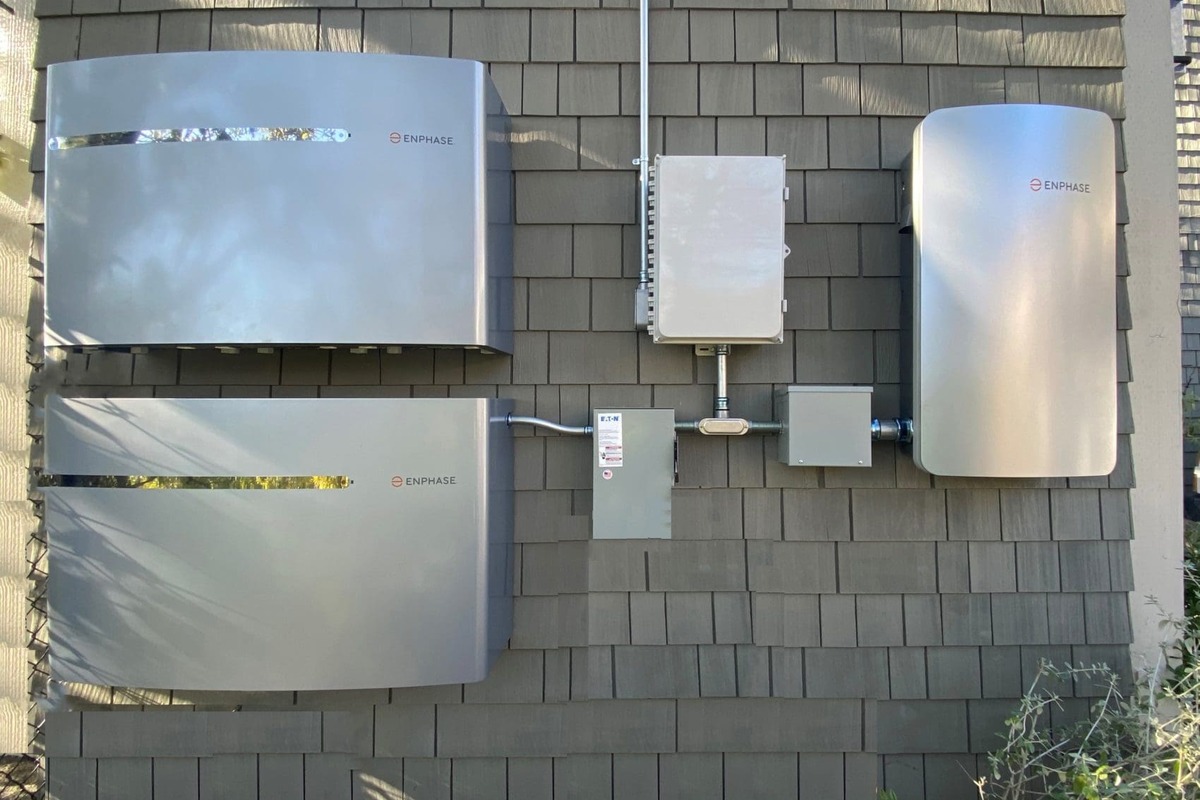
Choosing the Right Hybrid or Off-Grid Inverter
Navigating the complexities of modern hybrid and off-grid energy storage systems can be a daunting task, particularly when it comes to selecting a suitable inverter charger.
The market today is flooded with an array of choices, including grid-interactive inverter-chargers, hybrid inverters, Battery Energy Storage Systems (BESS) with integrated inverters, and AC-coupled battery systems, to name a few.
In this section, we’ll look at some of the crucial considerations that should be taken into account when making this important decision.
Inverter Charge Rating
The charge rating of the inverter is crucial for battery health and system efficiency. For instance, if a battery bank is oversized compared to the inverter’s charge rating, this imbalance can lead to an incomplete charge cycle.
In the case of lead-acid batteries, this can lead to sulfation and a reduced lifespan for the batteries. Knowing your battery’s absorption voltage and matching it to an inverter with a suitable max charge rating is key to a balanced system.
Inverter Pass-Through Power
The pass-through feature or integrated transfer switch offers significant advantages, especially in mixed-grid scenarios.
High-end inverter chargers with this feature can switch between power sources without requiring a separate load division between essential and non-essential appliances.
Brands like Selectronic, Victron Energy, and Schneider Electric offer such capabilities, making system setup more straightforward.
Solar Array Sizing Guide
Sizing the solar array requires thoughtful calculation, usually based on the minimum peak sun hours (PSH) in winter. This ensures that even on the shortest days, the solar array can charge the battery bank sufficiently.
Various tools can help simulate different scenarios, but as you mentioned, due to the falling cost of solar panels, oversizing has become common to mitigate risks associated with poor weather conditions and enhance reliability.
Compatible Battery Types
Battery technology has evolved considerably over the years, shifting from lead-acid to more efficient lithium-ion options. Inverters now often need to be compatible with Battery Management Units (BMUs), especially in the case of lithium-ion batteries, for effective communication and safe operation.
Make sure to check if your inverter supports CANbus or other necessary communication protocols if you’re going for modern lithium-ion batteries.
Software and Energy Management
The role of software in modern energy systems is paramount. Advanced software suites enable fine-grained control over the system’s operational parameters and deliver crucial data for ongoing monitoring and optimization.
This is increasingly becoming a differentiator for high-end inverter brands that provide advanced energy management capabilities.
Configuration
The choice between AC-coupled and DC-coupled systems often boils down to specific needs, costs, and available technology.
AC-coupled systems have the advantage of being more versatile and efficient under high AC loads, and they can easily integrate with existing solar PV setups. On the other hand, high-voltage DC-coupled systems are gaining traction for new installations due to their growing range and efficiency.
In Summary
The complexity and variety of today’s hybrid and off-grid energy storage systems necessitate careful planning and selection of each component.
Inverters, as central to these systems, require particular attention. From charge ratings to advanced software capabilities, there are multiple factors to consider when choosing an inverter that will meet your needs.
It’s often advisable to consult with professionals to ensure that you’re making the most informed choices for your specific circumstances.

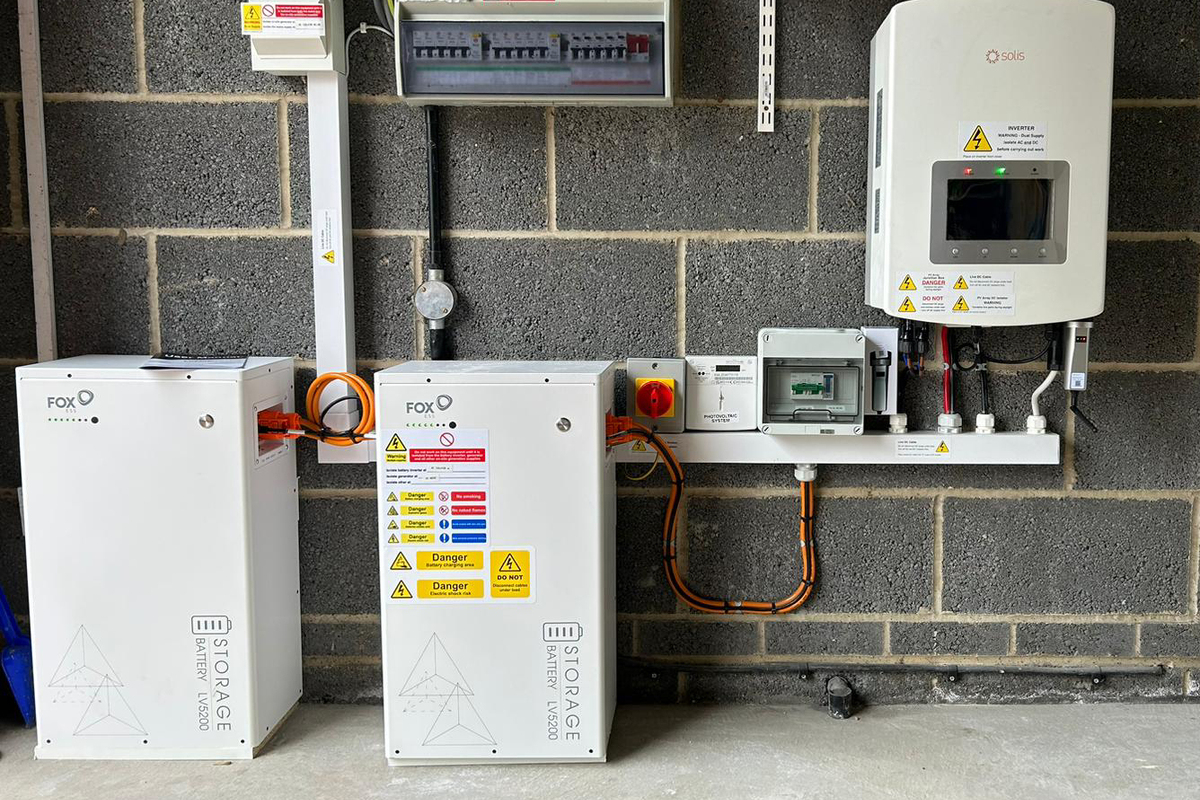
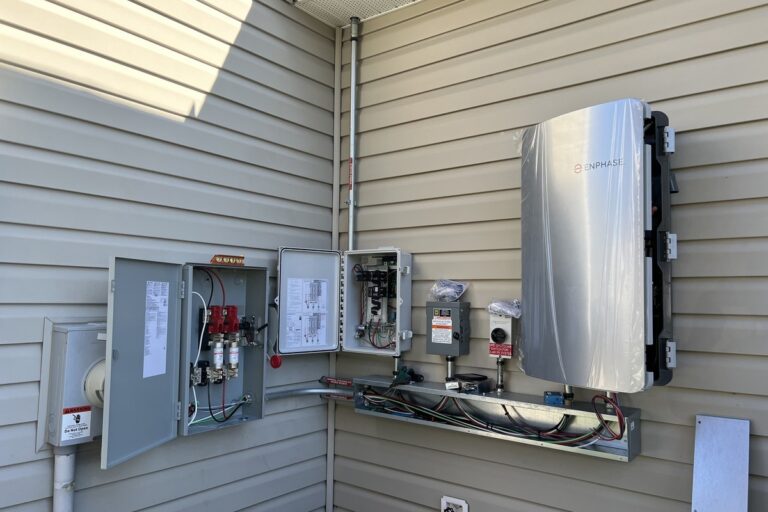
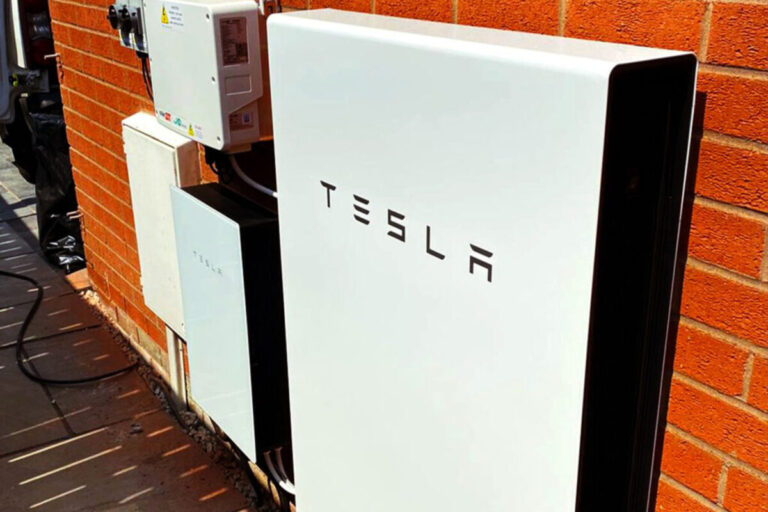

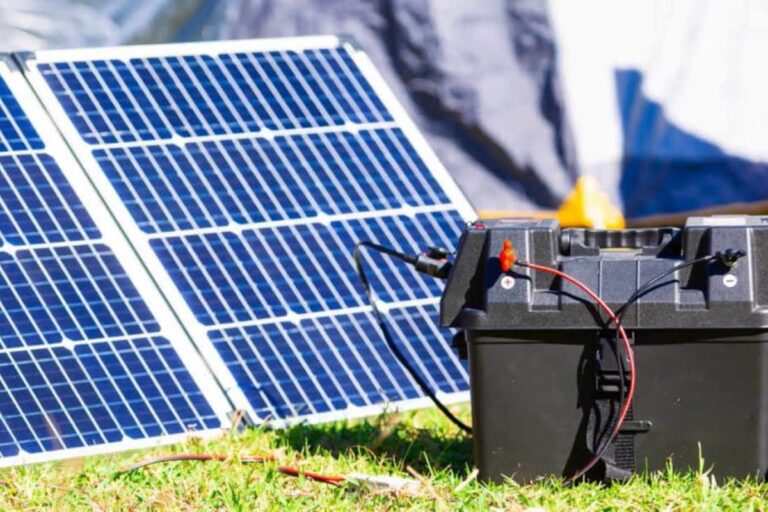
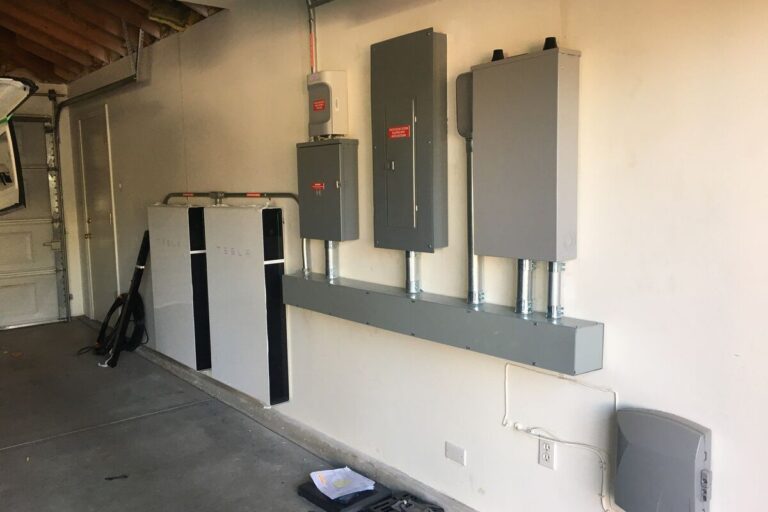
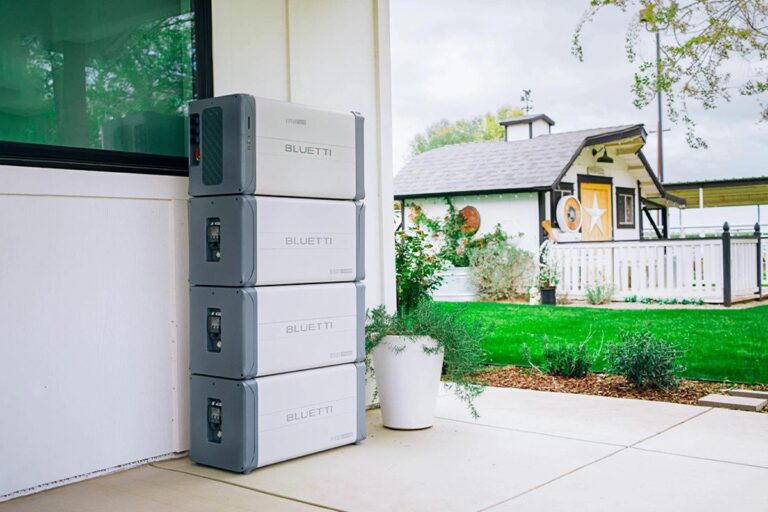
+ There are no comments
Add yours